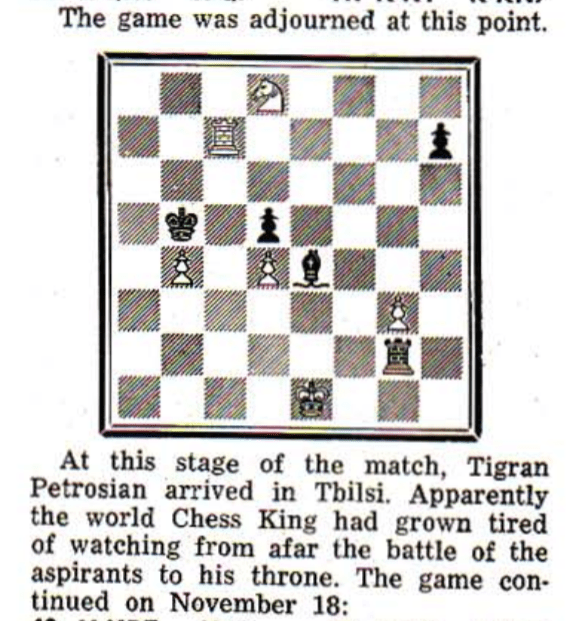
Adjournment
If you've ever played chess for an entire afternoon, you know how tiring it can be. At one point, fatigue settles in, and you can't keep up with what's happening over the board. For this precise reason, adjournments were a common occurrence until the 1990s.
Here is what you need to know about adjournments:
- What Is An Adjournment In Chess?
- How Did Adjournments Work?
- Why Were Adjournments Important?
- Conclusion
What Is An Adjournment In Chess?
In the past, when official chess games went on for too long, players would take an adjournment to suspend the game and continue it at another time. Adjournments would usually happen after a five- or six-hour session of play, and players generally resumed the game the next day.

With the rise of strong chess engines, the possibility of analyzing adjourned positions caused tournament organizers to abandon adjournments.
How Did Adjournments Work?
Players had their first session of play that usually lasted between five or six hours, depending on the tournament. At any point, a player could ask for an adjournment—although doing so would imply forfeiting the time they had allotted for that session.
However, after those five or six hours had passed (provided no player had run out of time), the players would be forced to adjourn. Whoever had to move would write their move down and put it in a sealed envelope. The arbiter would only open the envelope after the game resumed, play the move over the board, and start the other player's clock.

During adjournments, players could count on the help of other strong masters, called seconds. These seconds would analyze the position and tell the player what they should play when the game resumed.
Why Were Adjournments Important?
Tournaments once had adjournments to avoid fatigue-induced blunders and to maintain high-quality play until the end. However, critics of adjournments claim that this practice favored players who could afford a good team of seconds or even strong computers.

Adjournments are no longer a common practice and only happen in rare situations. Instead, tournaments now have shorter time controls to keep games from lasting too long.
Conclusion
You now know what adjournments are, how they once happened, their importance for chess games, and more. Head over to our Lessons page to learn other critical chess concepts that can help you become an even better player!









